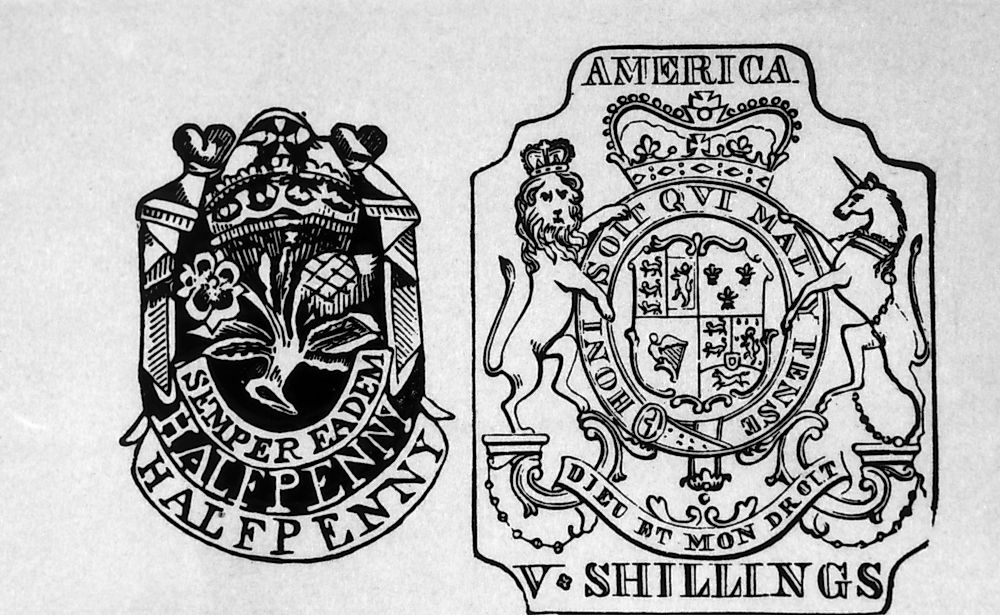What Was The Stamp Act of 1765?

The Stamp Act of 1765 was an Act that was used by Britain to impose direct tax on American colonies. The Act was passed on March 22, 1765. This Act was meant to enforce direct tax to anything printed by the American Colonists. The printed sheets that were taxed included ship’s papers, licenses, newspapers, playing cards, inventories, testimonials, calendars, educational diplomas and certificates, pamphlets, advertisements, court orders, and other legal publications. Just like many other forms of previous taxes, the tax was supposed to be paid in British currency and not in the colonial paper money.
The Passing of the Stamp Act
Britain emerged victorious in the Seven Years’ War, otherwise referred to as the French and Indian War, which lasted from 1756 to 1763. At the end of the war, Britain was largely indebted. The debt kept rising because the British government had to sustain a large troop in the American colonies. The political class in London came up with the idea that the Americans had to bear the cost of their own defense. Stamp Act had been effective in Britain since 1694. Raising the tax in Britain was not ideal because the taxes were already high. In 1764, the British parliament made it public to the American colonies that they were considering passing the Stamp Act. The news was largely rejected by the Americans. However, the Stamp Act was passed on March 22, 1765. The Act was supported by 205 against 49 members of the House of Commons. It became effective on November 1, 1765.
Reaction to the Passing of the Stamp Act
The Stamp Act of 1765 was received with a lot of resistance and opposition. The Americans saw the imposition of the tax as a violation of their rights. The Stamp Act was seen as a move to squeeze money out of the colonists. In fact, there were many protests and demonstrations held against the act. Some of the protests against the act turned very violent and destructive. The British manufacturers and business people who benefitted from exporting their goods to the colonies were also affected. Their business ventures were affected by the violent protests. Therefore, they pressured the government to either drop the collection of the tax or moderate it. Due to the protests, the collection of the direct tax was not smooth and effective. In fact, it failed completely with the British collecting less than 30% of what they had targeted. The protests also led to vandalizing of property.
How Effective Was the Stamp Act of 1765?
The money obtained from the collection of the direct tax was effective in funding the American Frontier that was located near the Appalachian Mountains. The tax enabled for the compensation for the troops who were located in North America after the Seven Years’ War. The troop was composed of around 10,000 soldiers. The Americans suggested that Britain should take up the responsibility of protecting the Americans from Indians. It was, therefore, the obligation of Britain to pay the troops. The resistance to the Stamp Act of 1765 set the stage for a similar resistance to the Townshend Act of 1767.











